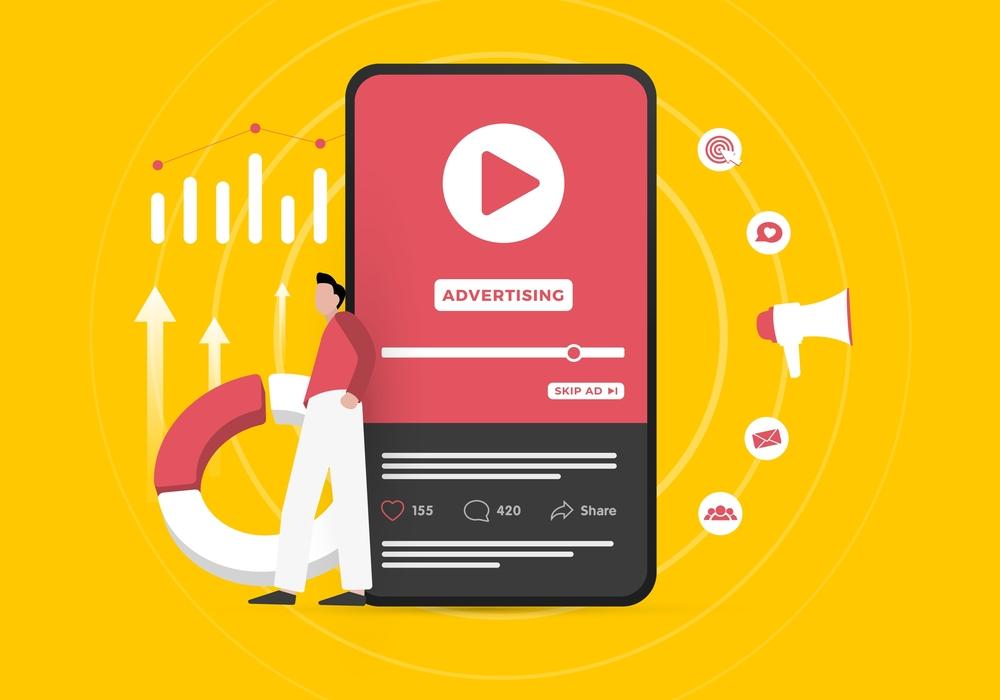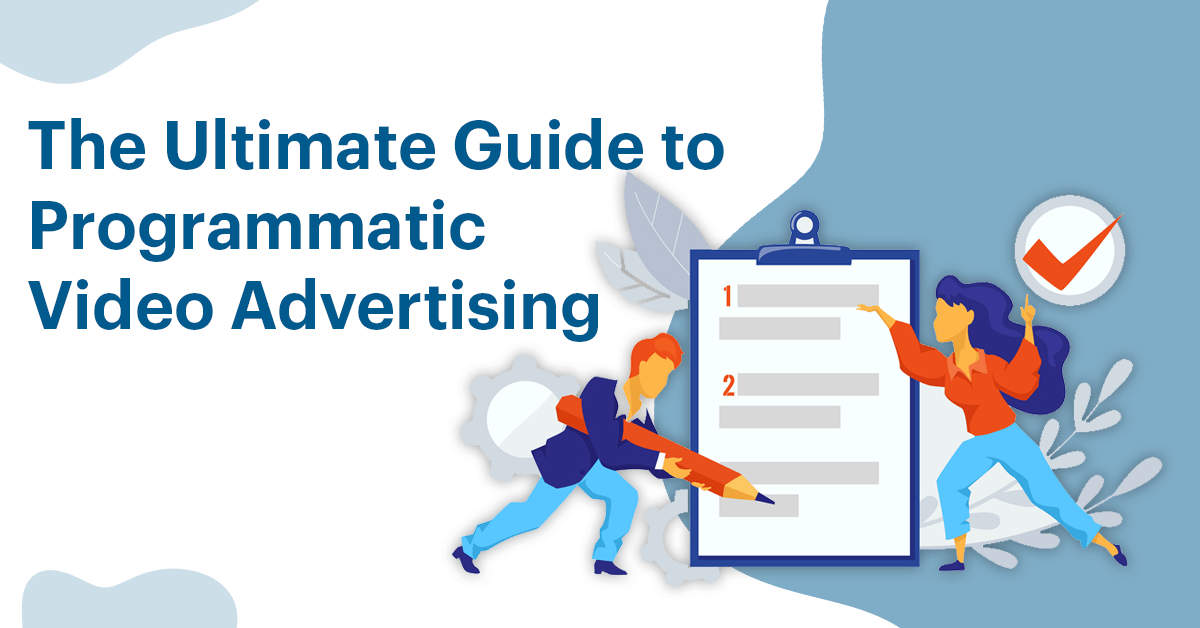Have you noticed ads pop up when you think about a tropical vacation? That is no magic trick that’s – programmatic video advertising!
In this guide, we’ll untangle the intricacies of digital advertising to show its tremendous power. From bids, algorithms, and target audiences – to explain how brands reach users precisely at the right time!
Understanding Programmatic Video Advertising
Programmatic Video Advertising (PVA) is a cutting-edge method for buying digital ad space through automated technology and algorithms, focusing specifically on video content. This approach revolutionizes traditional ad purchasing by tapping into data insights to connect advertisers directly with their target audiences.
Utilizing real-time bidding (RTB), programmatic video advertising enables advertisers to bid instantly for available ad space. Advanced algorithms and data insights allow for bids within milliseconds, delivering video ads to carefully selected audience segments across various platforms.

APIs–tech connectors between platforms–are essential tools in optimizing campaigns across various channels and channels, similar to mixing ingredients for creating the ideal recipe of ads. Advertisers can leverage information like user interests, browsing behavior, search queries, and demographic data in their ad strategy for maximum impact.
Advertisers can utilize third-party data to gain deeper insight into consumer preferences and trends. Such insights allow advertisers to refine their targeting strategies so that every ad impression lands with its intended target audience.
How Does Programmatic Process Work?
The programmatic video advertising ecosystem processes
1. Advertisers: Businesses use Demand-Side Platforms (DSPs) to build and run campaigns using digital video advertising technology. DSPs allow advertisers to identify target audiences, set budgets, and optimize video campaigns without incurring costly media buyout fees – streamlining media buying processes while optimizing resource allocation strategies.
2. Publishers: Publishers provide digital spaces to host video ads across websites, mobile apps, connected TVs, and social media.
3. Ad Exchanges and Supply-Side Platforms (SSPs): Ad exchanges provide real-time auction marketplaces where advertisers compete for advertising space. SSPs assist publishers with managing and optimizing ad inventory to deliver users relevant, valuable ads that bring revenue growth. This dynamic marketplace ensures relevant ads reach users as they browse online content.
4. Real-Time Bidding (RTB): When users open websites, apps, or connected TVs displaying programmatic video ads, an auction allows advertisers to bid for space – with the highest bidder winning display rights and making an ad visible in real-time. Real-time bidding (RTB) guarantees that ad placements are optimized for relevance and effectiveness, ensuring ads have the most significant impact.

5. Ad Serving and User Experience: An advertisement is served directly to users’ devices once bidding has closed. Advertisers strive to create video ads with eye-catching visuals that complement and integrate seamlessly with platform content and content offerings.
6. Data and Optimization: Advertisers utilize user data for better targeting and campaign optimization. This gives advertisers more informed decision-making, leading to practical ad placements with higher engagement rates.
7. Reporting and Analysis: After each campaign concludes, advertisers examine performance metrics such as click-through rates, viewability rates and conversion rates to gain insight for future campaigns and optimize programmatic video ads over time. This data-driven evaluation gives advertisers new directions when planning future ones – helping optimize Programmatic Video Ads continuously!
Different Types of Video Ads
Different video ad formats cater to various marketing goals and user experiences
1. Instream Video Ads: These advertisements appear either before (pre-roll), during (mid-roll), or after (post-roll) an online video and offer high visibility and engagement – making them popular choices on platforms such as YouTube.
2. Outstream Video Ads: These ads appear outside of video content, often within text articles or as banner ads on websites, broadening reach beyond traditional video platforms and enhancing user engagement. Engagement on websites.
3. In-Display Video Ads: These ads appear directly within the content you’re reading without redirecting you elsewhere, adding visual appeal by being integrated seamlessly with different placements and seamlessly integrated.
Benefits of Programmatic Video Advertising
Programmatic video advertising provides many advantages:
1. Precision Targeting: Enabling precise targeting to reach specific demographics, interests, and behaviors, which results in higher engagement rates and leads to enhanced brand experiences for viewers.
2. Efficiency: Automation replaces manual processes, simplifying optimization while freeing up more time for strategy and creativity.

3. Real-Time Optimization: Provides real-time adjustments based on performance data to reduce wasted ad spend and ensure optimal campaign efficiency.
4. Cross-Channel Reach: When content is distributed across various platforms and devices – such as websites, mobile apps, social media posts, and connected TVs (CTV), as well as over-the-top (OTT) platforms – its reach becomes comprehensive, providing engaging experiences at every touchpoint for its consumers.
5. Improved User Experience: Develop non-intrusive video ads that enhance the user experience without disrupting it.
6. Transparency and Brand Safety: Advertisers retain complete control over ad placements, thus mitigating concerns over possible fraud or inappropriate placements.
7. Data-Driven Insights: Performance metrics provide crucial tools for improved decision-making and targeting capabilities, aiding strategic thinking and tactical targeting of activities and campaigns.
8. Cost Per Mille (CPM) Efficiency: Maximizing CPM rates by targeting specific audiences to ensure ad spend reaches high-value viewers and maximizes return on advertising investments.
9. Display Advertising Synergy: Works seamlessly with display ad strategies to form an integrated digital marketing approach utilizing both video ad technology and Display Advertising Techniques.
Programmatic video advertising can represent a transformative approach to reaching audiences with highly targeted, data-driven ads. Automating the buying process and leveraging advanced algorithms allows advertisers to optimize their campaigns for better performance and efficiency. You can select the best format for Programmatic Advertising that fits your business needs.

